A user's guide to chillies
As the nation embraces food with kick, it pays to know your peppers.
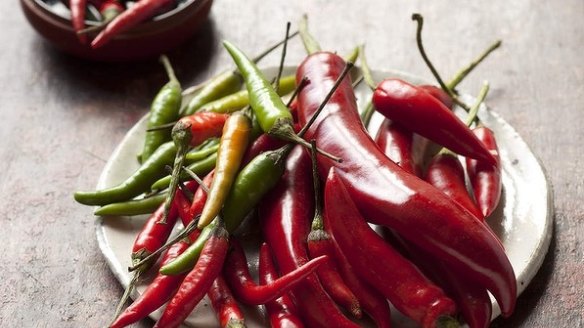

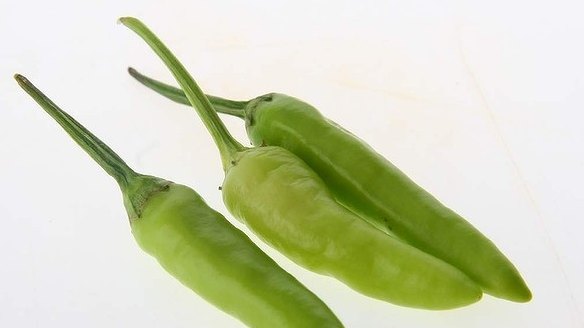
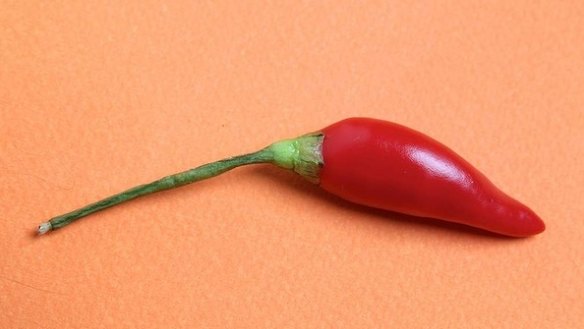

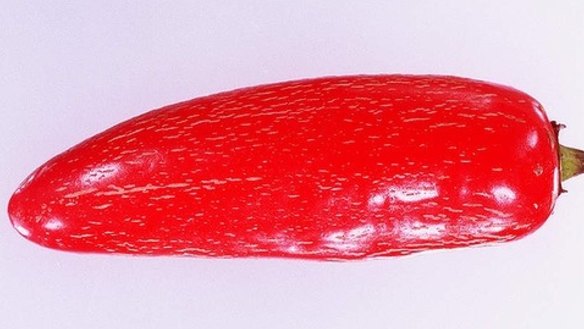
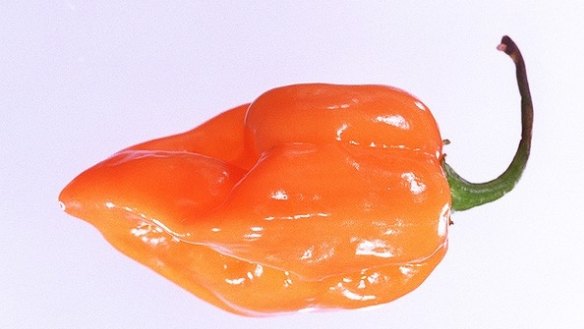
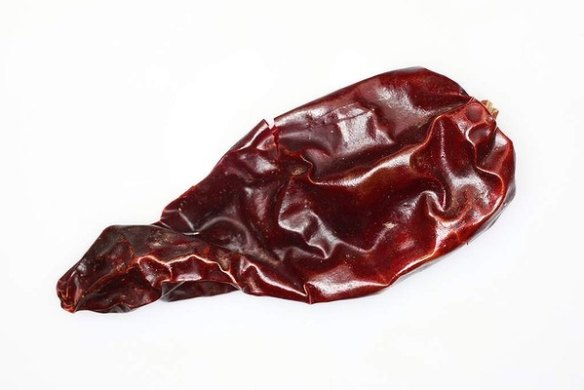
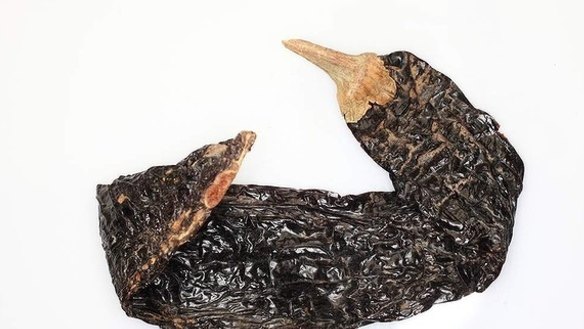
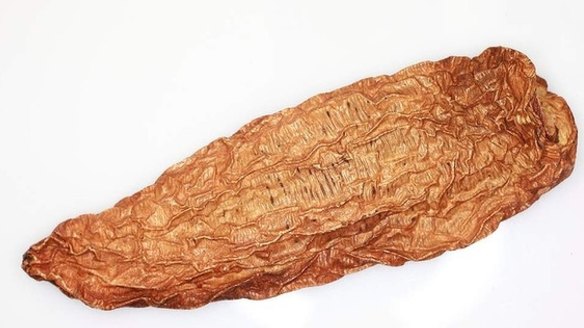
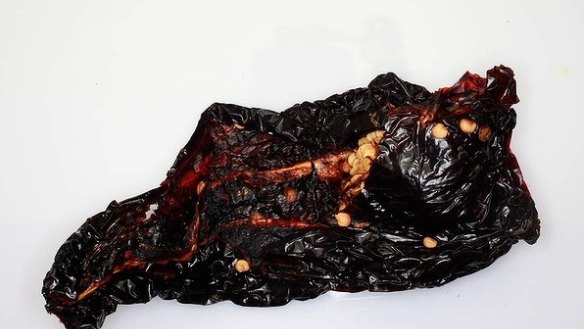
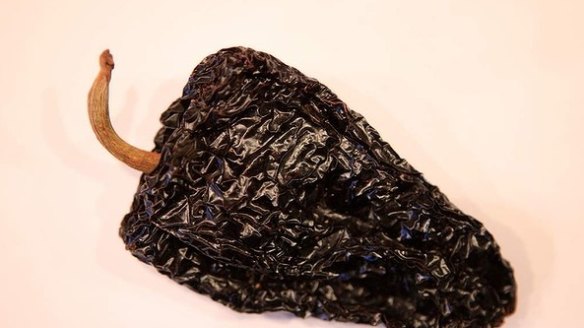
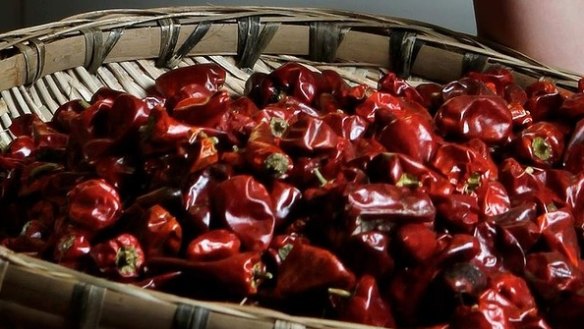
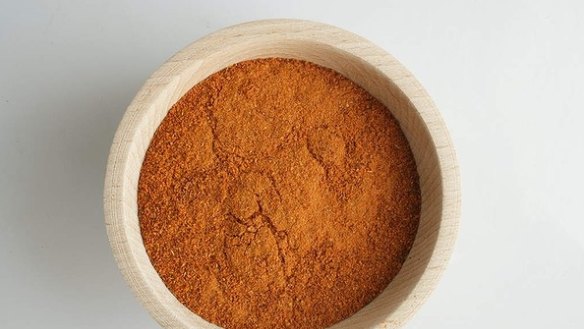
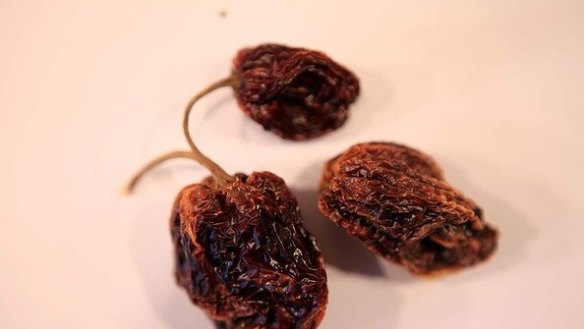
The chemical in chillies that makes them taste hot, capsaicin, is technically a neurotoxin. It stimulates the adrenal glands to release hormones, giving you an energy rush. No wonder we’re hooked on them.
Good Weekend recipe columnist and chef Neil Perry is a chilli fiend. Lunch on the run might be a bowl of rice with salted chillies, and a quick family dinner canned white beans and tuna with anchovies, fresh tomatoes, olive oil and a dash of chipotle powder.
But it’s at his restaurants that Perry’s chilli love affair really reveals itself. At the Chinese-influenced Spice Temple restaurants, for example, the chef uses pickled, salted, fermented and dried chillies – in the one dish. “They all add a different dimension and heat. The sum of them is much better than the parts,” says Perry.
"Chillies really are an incredible lift not just for the food you’re eating but for your body itself, with all the endorphins that it kicks off."
British chef Paul Wilson says he’s using more chillies than ever before. Visiting Mexico has given him an appreciation for the dried product.
"When you actually see the Mexicans harvest produce and how they use chillies and how they sell them at the market, it makes perfect sense. All their gastronomy is about rehydrating stuff because it’s such a hot climate nothing lasts very long... They put them over a flat grill or over a wood barbecue and almost catch alight, then cover them in water or stock and let them stew for a couple of hours and those chillies and that water becomes crucial to the flavour of whatever they’re making."
These are some of the main fresh and dried varieties available in Australia.
Fresh chillies
Bird's eye
Two to four centimetres in length, tapering to a point, these small chillies can pack a wallop. Ripe, red bird's eyes are widely used in south-east Asian dishes such as Thai salads, Indonesia's sambal ulek (chilli paste) and Vietnam's nuoc cham dipping sauce. Chef Neil Perry likes the citrus character and intense sting unripe green bird's eye chillies add to salads.
Try Thai yam (salad), with prawns or squid, lime juice, fish sauce and heaps of chopped chillies.
Habanero
About five centimetres long and wide at the shoulder, tapering to a small point, these intensely hot chillies start out green and ripen to yellow, orange or red. In The Great Chile Book, Mark Miller says their flavour has ''tropical fruit tones'' that work well in food containing tropical fruit or tomatoes. Handle with care: too much habanero will overpower a dish and can cause havoc if you get it on your skin.
Try A little in a salsa made with tomatillos, a small green fruit in the tomato family.
Jalapeno
Five to nine centimetres long with a rounded end, the jalapeno is one of the world's most popular chillies. Its thick flesh makes it easy to work with. Perry prefers to use jalapenos green for their citrus character. Consultant chef Paul Wilson pickles them, green and red, and shaves them raw on ceviche: ''It gives you punch and a nice capsicum flavour.''
Try A salad with cherry tomatoes, avocado, butter lettuce and chopped jalapenos, dressed with olive oil and lemon juice.
Long chillies
Perhaps the most common variety in Australian markets, these chillies can be up to 15 centimetres long and ripen from green to red. ''They're a bit of a lottery,'' Perry says. ''At different times of year they go up and down in heat levels.''
Try Chopped long chillies add a lovely fresh heat and crunch to a stir-fry.
Serrano
Wilson's current favourite variety, these small chillies look like a bird's eye chilli but have a rounded end like a jalapeno. With the sweet, crunchy flesh of a capsicum and the heat of a jalapeno, they are typically eaten raw but can also be pickled or roasted.
Try Finely chopped red serrano in a salsa or pureed green serrano in salsa verde, with onion, garlic, coriander and lime juice.
Dried chillies
Ancho
A ripe red poblano chilli, when dried, is known as an ancho (''wide''). Large and heart-shaped, it has a mild to hot, sweet fruit flavour reminiscent of raisin or prune. Ancho, mulato and pasilla chillies make up the so-called holy trinity used to make Mexico's national dish, mole poblano.
Try In chicken and tortilla soup.
Cascabel
This round dried chilli rattles when shaken because of the many loose seeds inside - the name literally means ''little bell''. It is spicy and smoky, with a mild to medium heat.
Try In roasted tomato sauce, pasta and meatballs.
Cayenne
Small, bright red and pointed, the cayenne chilli has thin skin that lends itself to drying. It has a sharp, bright flavour and plenty of heat and is often used in powder form.
Try Turbo-charge your macaroni and cheese with a sprinkle of cayenne powder.
Chipotle
These dried ripe jalapeno chillies are Perry's favourite. Coffee-brown and wrinkly, they have deep, rich smoky roasted flavour. They can also be used instead of bacon in vegetarian dishes. Perry adds them to Mexican-style braised dishes, stir-fries and salads.
Try Mayonnaise flavoured with finely chopped chipotle and garlic on a burger or corn cobs.
Guajillo
When dried, ripe mirasol chillies are known as guajillo. Bright red, conical and up to 14 centimetres long, guajillo can be very hot, with fruity berry overtones.
Try In home-made baked beans.
Heavenly facing chillies
Also known as facing heaven chillies, these dried Sichuan chillies are so named because they grow skywards rather than down. Fragrant, lemony and moderately hot, they're between three and six centimetres in length, with thin skin. They're available at Asian grocers.
Try In mapo doufu, the Sichuan dish of minced meat and tofu in spicy chilli-bean sauce.
Mulato
Like the ancho, mulato is a dried poblano chilli, but has been allowed to ripen to dark brown before drying. Large (up to 14 centimetres long) and broad, it has a mild to medium heat and aniseed notes.
Try In a rich beef, bean and tomato stew.
Pasilla
The name means ''little raisin'', for its dark brown and wrinkled appearance. The dried chilaca chilli even tastes a bit like a raisin, Wilson says. It's not wildly hot but adds colour and richness.
Try In mole negro (dark mole) and seafood dishes.
- Paul Wilson's tomatillo verde recipe
- More chilli recipes here
The best recipes from Australia's leading chefs straight to your inbox.
Sign up